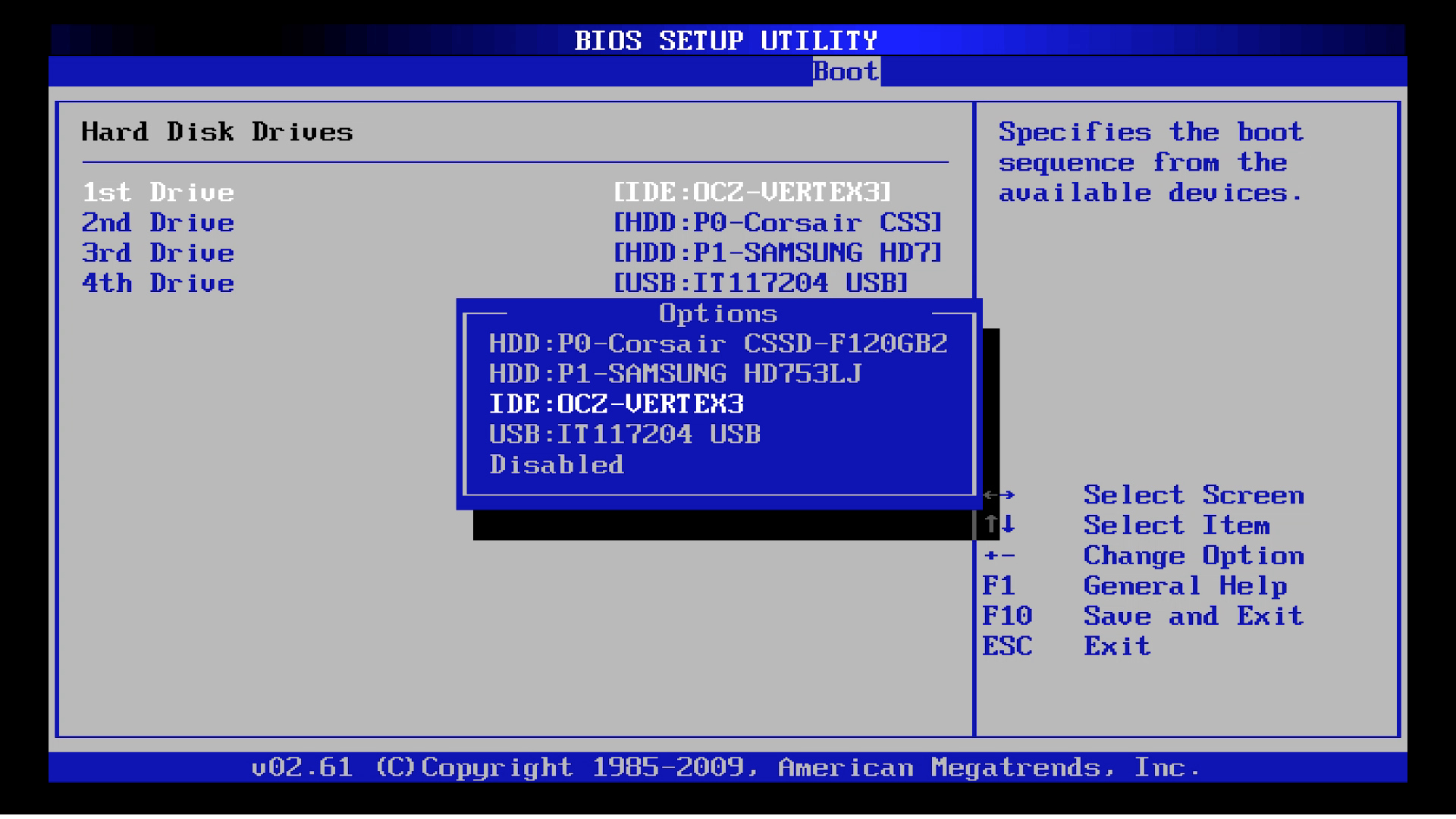

Will report back if I run into any issues. All this said, I have yet to actually use this drive to INSTALL Windows as I'm building the computer tomorrow. I just did this with a Sandisk 32GB drive and it worked perfectly. Select "ExFAT" in the format dropdown and confirmĪfter this process you are able to move larger files into your USB drive.

Select drive you want to be the boot drive.Here are the steps! For reference I'm running Mac OS Monterey (v12.0.1) The easiest thing to do is just to reformat your drive to 'ExFat' using Disk Utility. Sorry if this is a breach of etiquette (commenting on an old thread!) You don't need to download any new software to do this, everything is already included in current Mac OS. Try making a fresh table, and using Parted's rescue feature to recover partitions.Warning: The driver descriptor says the physical block size is 2048 bytes, but Linux says it is 512 bytes.All these warnings are safe to ignore, and your drive should be able to boot without any problems.Refer to the following message from Ubuntu's mailing list if you want to learn more.In case anyone stumbles onto this thread I'm going to give what I believe to be the easiest solution to this problem. Is this a GPT partition table? Both the primary and backup GPT tables are corrupt. Or perhaps you deleted the GPT table, and are now using an msdos partition table. Perhaps it was corrupted - possibly by a program that doesn't understand GPT partition tables. However, it does not have a valid fake msdos partition table, as it should. Ubuntu images (and potentially some other related GNU/Linux distributions) have a peculiar format that allows the image to boot without any further modification from both CDs and USB drives.A consequence of this enhancement is that some programs, like parted get confused about the drive's format and partition table, printing warnings such as:/dev/xxx contains GPT signatures, indicating that it has a GPT table.


 0 kommentar(er)
0 kommentar(er)
